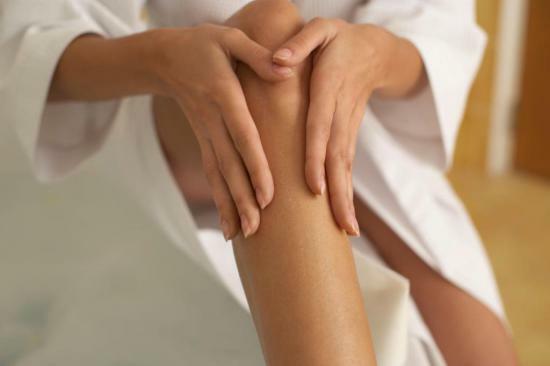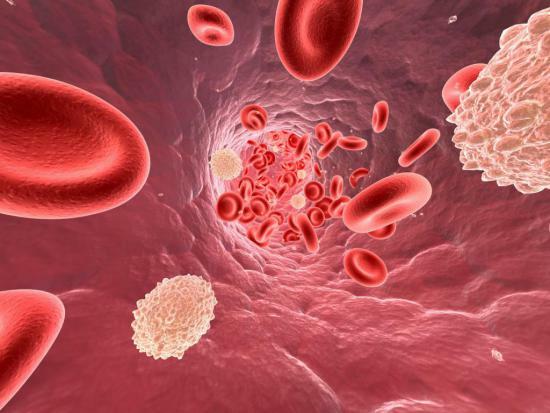Rinse with gum disease, gingivitis, flow options and treatment
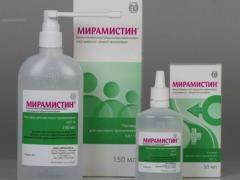
Such inflammation of the gums, which is not observed when a pathological process involving compounds of the tooth and gingiva called gingivitis.This disease along with stomatitis is often found in dental practice.
Complete or substantially complete absence of pain in this disease leads to a fairly high incidence of complications which may result in damage to the bone tissue and mandibular teeth loss.
progression rate may also be significant in view of the fact that in most cases the development of inflammatory lesions of the gums provoked by lack of access to dental care and problems with oral hygiene, which means significantly more often similar problems with the gums are representatives of groups with unfavorable socialEconomic situation, as well as patients suffering from mental disorders( which affects personal hygiene).
content:
- Classification inflammatory gingival lesions
- Risk factors for development of gingivitis, the main manifestations of the disease
- Preventive measures
- Systemic administration of antibiotics, surgical treatment
- Rinse mouth antiseptics
- Rinses drugs with anti-inflammatory effect
Properties variousForms of gingivitis
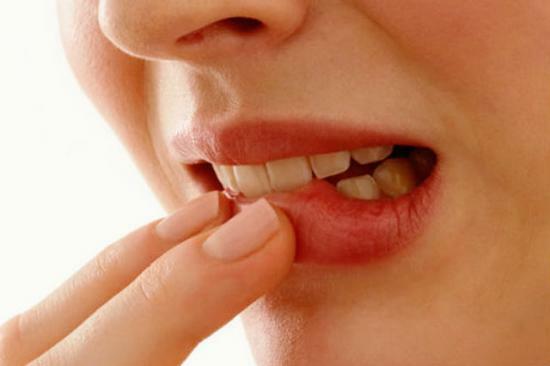
Depending on the characteristics of the flow, as well as the visible in the examination of the picture,The following forms of the disease:
- Acute gingivitis.This is the most common variant of the disease, in which there is redness and swelling of the gums, pain, the appearance of various deposits on the teeth.When brushing teeth, bleeding may occur.
- Chronic.This variant of the course of the disease is characterized by an almost asymptomatic and very long course, as a result of which the chronic form is found only on preventive examinations.
- Desquatic.For this form is characterized primarily by sloughing( desquamation) of the gingival epithelium.
- Hyperplastic.This variant of the disease occurs rarely, and usually develops in patients with various endocrine diseases( for example, with diabetes mellitus).For this form of gingivitis is characterized by the growth of gum tissue, based on the severity of which determines the severity of the process - with a mild degree of tissue, close less than a third of the crown of the tooth, at an average - to half, with a heavy - more than half the crown of the tooth.Acute necrosis ulcerative variant.
- .The cause of this is bacteria, mostly anaerobic, which cause necrotic lesions of the interdental papillae.
Factors contributing to the development of gingivitis and characteristic symptoms
A number of diseases and how bad habits and other factors contribute to the development of gingivitis:
- Smoking tobacco products.
- Conditions accompanied by inhibition of the activity of the immune system.
- Non-compliance with oral hygiene.
- Lack of access to the services of a qualified dentist.
- Unsustainable or inadequate nutrition, lack of vitamin C.
- Promotes inflammation of the gingival scurvy, as well as age from three to six years.
The development of gingivitis may affect a number of infectious diseases such as influenza, tuberculosis, sore throat, acquired immunodeficiency syndrome.
In some cases, some of the oral contraceptives may provoke gum disease.Also, gum disease usually occurs during pregnancy.Its role can play and poisoning with salts of heavy metals, malocclusion, problem fillings.
The main symptoms of gingivitis include:
- In the case of an acute course of the disease - pain, although not very intense.
- In the chronic course of gingivitis, the presence of the disease can be suspected by bleeding gums.
- Dental deposits are found on examination.
- Another common complaint with gingivitis is bad breath.
With the hyperplastic variant, the gingivitis is the first to attract attention.
Features of gingivitis prevention, possible complications of
As with any other disease, gum disease is easier to prevent than cure.

The means of preventing gingivitis include:
- Important in the prevention of gum disease is a complete cessation of smoking.
- Hygiene of the oral cavity.Care of the oral cavity should be regular, with the use of all necessary tools - toothpastes, rinses and other things.
- Additional use of calcium if suspected of lacking it.
- There is also an opinion that electric toothbrushes are more effective than usual, mouthwashes are also helpful in inflammation of the gums.
- Gels with Metronidazole can be used not only for prevention, but also for therapeutic purposes.
Such measures can be used not only for preventive purposes, but also as a treatment.
In the absence of treatment, gingival inflammation can have a number of complications:
- Periodontitis, which will result in destruction of the alveolar process of the jaw and loss of teeth.
- Infectious process can spread to the bones of the lower and upper jaw.
- With prolonged absence of treatment for the same chronic gingivitis, the disease can transition to a ulcerative-necrotic variant, which is much more difficult to treat.
- The hematogenous spread of the infectious process along the body can also be a big threat.As a consequence, such pathologies as glomerulonephritis or infective endocarditis may develop.
Use of antibacterial drugs as well as surgical treatment
Depending on the form of the disease and the severity of the course, treatment can vary significantly - from oral cleansing, mouth rinsing with gum disease in mild forms and before surgery and systemic use of antibacterial agentsMore severe and protracted variants of the course of the disease.
If you need systemic antibiotic use, most often prescribed are:
- Penicillin agents.
- Ciprofloxacin.
- Metronidazole.
- Clindamycin.
In case of severe pain, non-narcotic analgesics are used, such as, for example, Paracetamol or Ibuprofen.
In some cases, surgical treatment, the essence of which is most often the removal of calculus, can be shown.There are two methods for its removal: closed and open curettage.
With the closed version from the gum itself, no manipulations are performed, but only with the help of special tools, tartar is removed( depending on a number of circumstances, hooks, curettes and specialized excavators can act as such tools).
With an open version of the tartar removal, the latter is located too deep in the parodontal pocket, which makes it necessary to make an incision on the gum to gain access to the stone.
Antiseptic mouthwashes for inflammation of the gums
However, it is not always necessary to systematically apply antibacterial drugs or performing surgical interventions, in some cases it may be sufficient to additionally use mouth rinses with antiseptic or anti-inflammatory agents in addition to oral hygiene.
Of the antiseptics for rinsing for teeth and gums for inflammation, the following agents are usually prescribed.
Miramistin
This surfactant has both antimicrobial and anti-inflammatory effects.With external use Miramistin is not absorbed through intact skin and mucous membranes, and its antibacterial effect extends to a number of aerobic and anaerobic microorganisms, including hospital strains of bacteria.It can also be used in children.
Solution of Chlorhexidine Bigluconate
The agent is active against most microorganisms, except for mycobacterium tuberculosis and some others.After treatment of the skin and mucous membranes( especially the skin) for some time continues to give a bactericidal effect.
Furacilin
An old antiseptic, which is not used either in the US or in Europe.It is active towards many people, both gram-negative and gram-positive microorganisms, but despite the fact that resistance to the antiseptic is slow, many strains of bacteria that are resistant to Furacilin are found in many medical institutions.
One of the main competitive advantages of this drug is its low cost.
Hydrogen peroxide
And here it is better to leave the known hydrogen peroxide to specialists, because, firstly, when rinsing the mouth, the antiseptic solution does not fall into the parodontal pockets( where it is most effective and is widely used by dentists to wash them), andSecondly, the consequences of an independent attempt at such washing should be treated longer than gingivitis itself.
Means with anti-inflammatory effect for rinsing teeth and gums with their inflammation
Preparations with anti-inflammatory effect are generally much less inhibitory to bacteria, or have no antiseptic effect, but significantly reduce the intensity of inflammation.
Often, these are herbal preparations, which means that when using them, it is necessary to take into account the presence of alcohol in them, which is used to extract the active substances from vegetable raw materials.
The following tools are often prescribed.
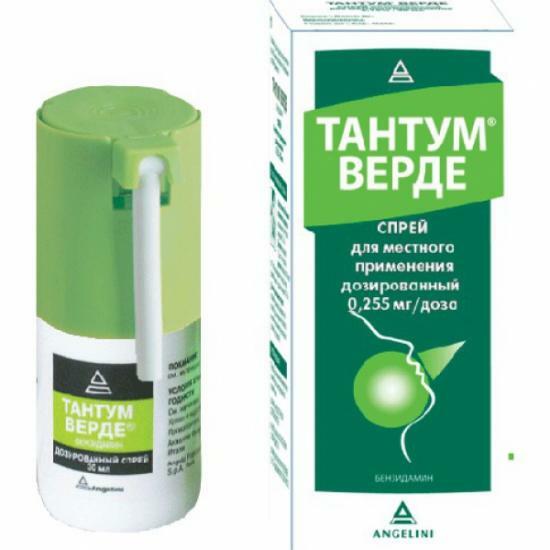
Tantum Verde
The active substance of the drug is benzidamine, it has a pronounced anti-inflammatory and analgesic effect.In case of local administration, benzydamine is well absorbed by the mucous membranes and quickly penetrates into the inflammatory focus.A small inconvenience - the solution before rinsing must be diluted with water.
Chlorophyllipt
Vegetable preparation is made from eucalyptus leaves.In addition to anti-inflammatory action has, albeit a weak antimicrobial effect, and also to a certain extent stimulates the processes of restoration of damaged tissues.
Stomatophyte
Another means of plant origin, this time includes a mixture of different plants - sage, chamomile, thyme, mint, arnica, calamus root and oak bark.Extract the active ingredients from the raw material in this case with alcohol, which should be taken into account by motorists when using the drug.
A similar preparation can also be found on the market, but with the addition of a local anesthetic - Anestesin, the use of this option is justified in case of severe pain syndrome.
Inflammation of the gums is a rather insidious disease.Prolonged and almost asymptomatic flow of the chronic form of gingivitis often leads to the fact that the patient does not seek help with gingivitis, but already with its complications.Therefore, it is especially important not only to not forget about oral hygiene, but also about regular visits to the dentist for the purpose of early detection of possible dental and gum diseases and their timely treatment in the early stages of the disease.
In the treatment of advanced forms of inflammation of the gums, rinses alone are not effective, it is necessary to use antibacterial drugs.It should also be remembered that inadmissibility of self-medication with antibiotics, as such treatment for non-compliance with the timing and doses can only be harmed.
And some more useful tips for treating inflamed gums:


